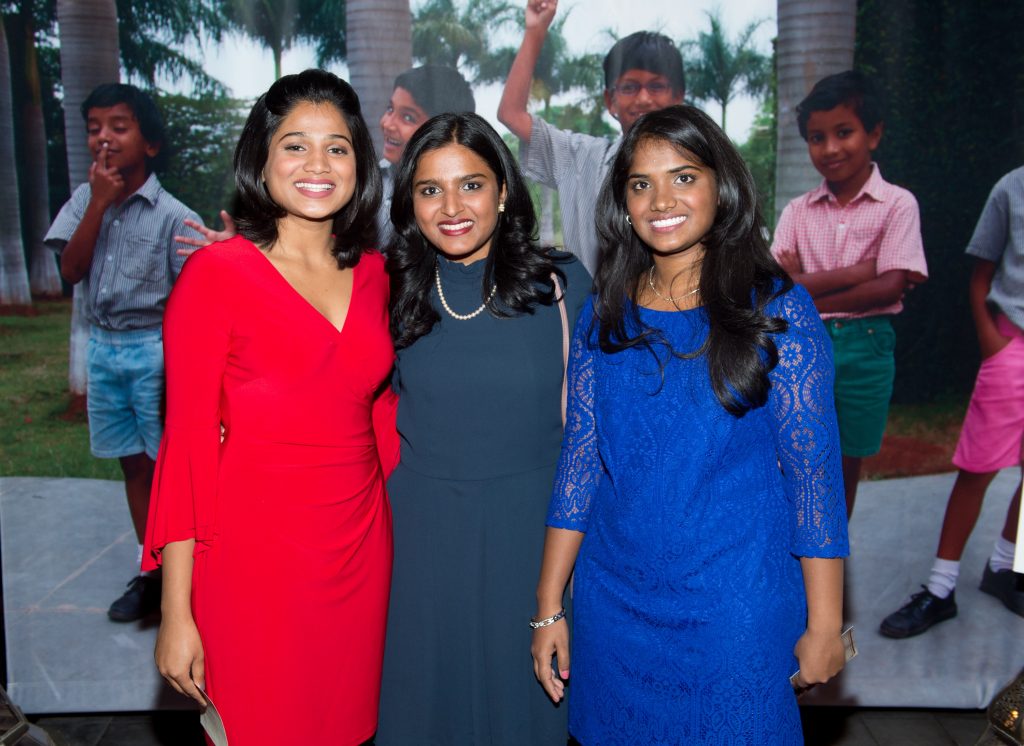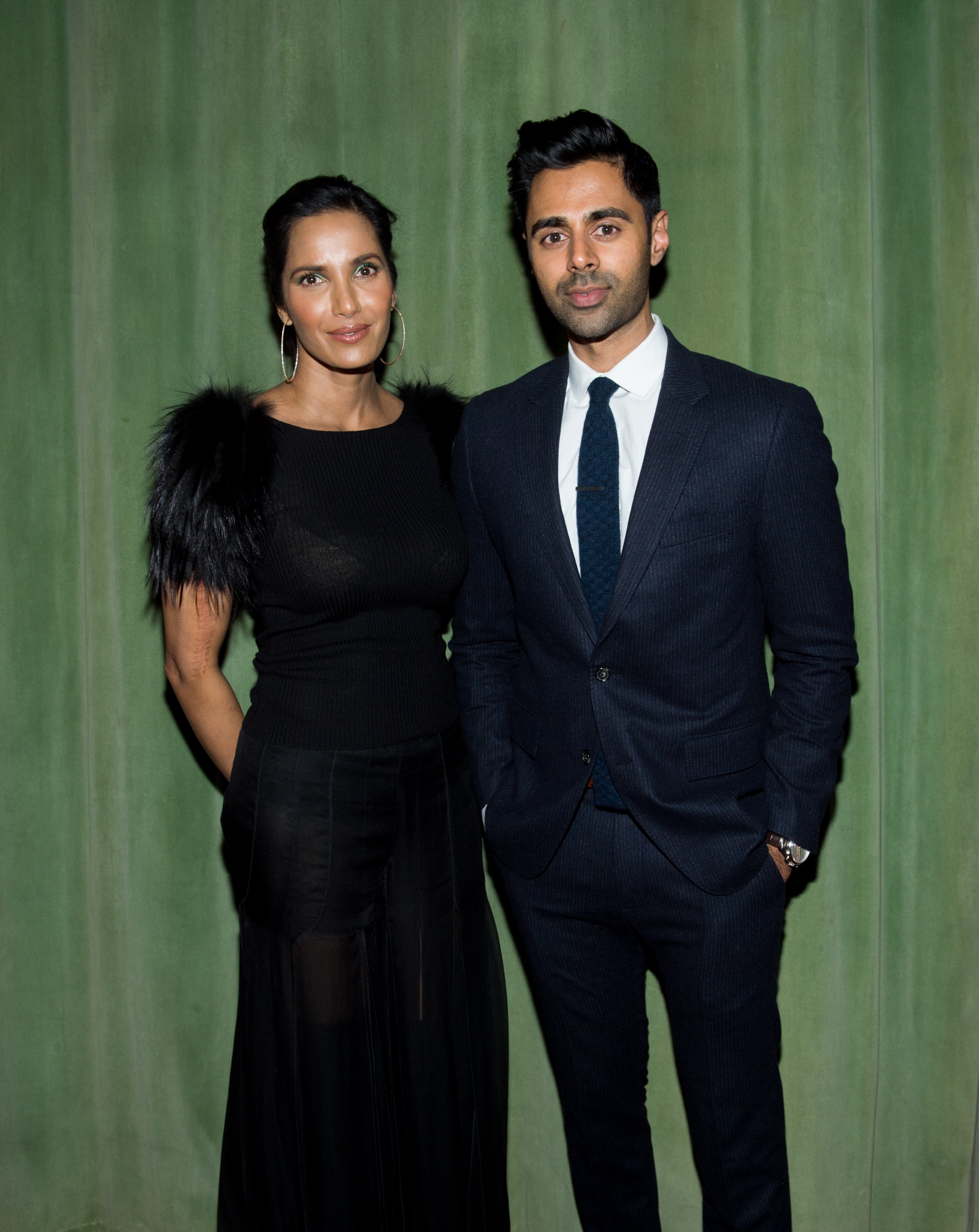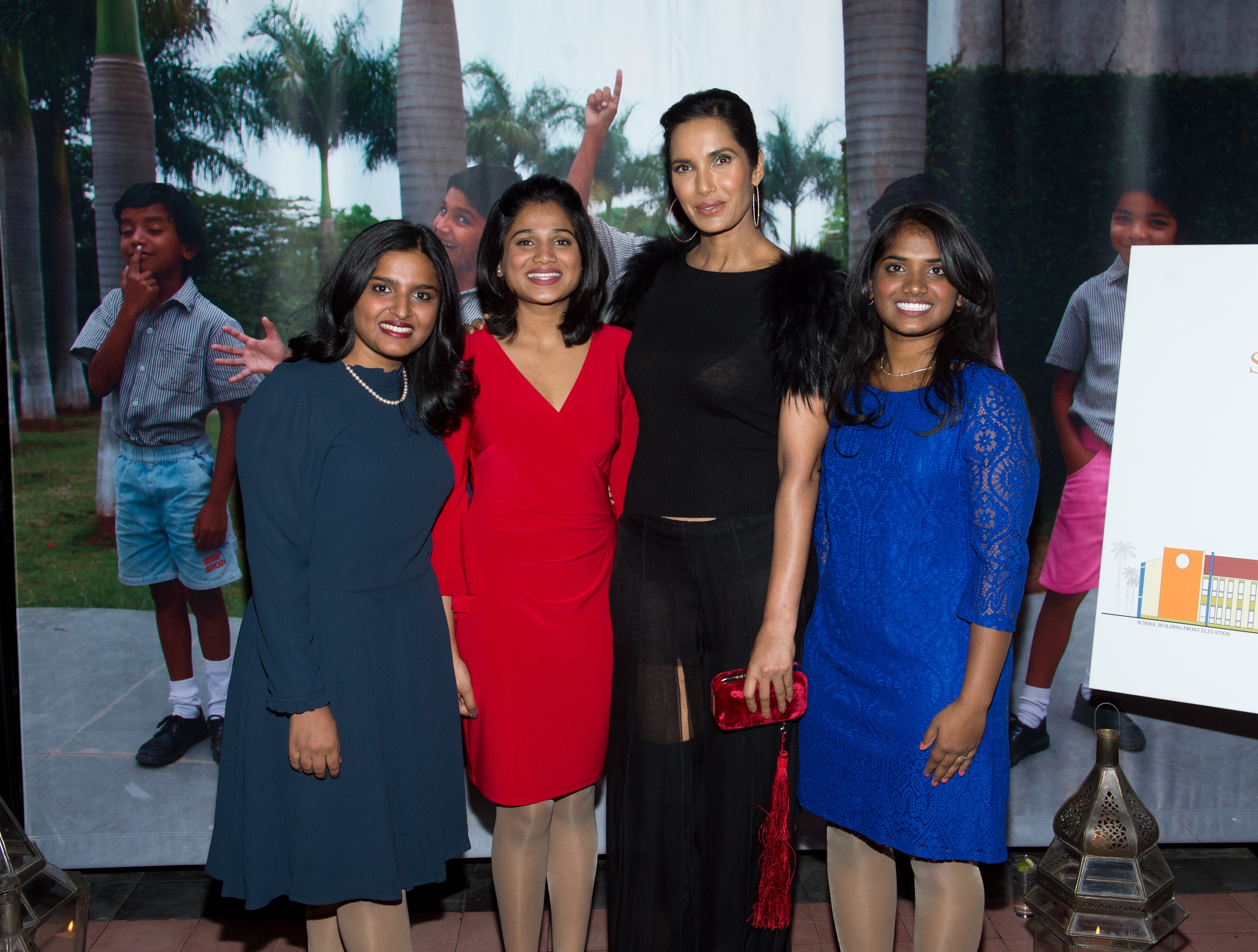
by Kanika Monga – Follow @DrKanikaMonga
On November 9th, 2017, Shanti Bhavan Children’s Project hosted a gala fundraiser for building the construction of their second school. Held at the Bowery Hotel in New York City, the elegant soiree was attended by Hasan Minhaj, Ambassador Richard Verma, Padma Lakshmi, Linda DuCharme of Exxon Mobil, Kate Barton of EY, and Vanessa Roth, among others, who gathered to support Shanti Bhavan’s mission to empower children from India’s lowest socioeconomic class through education, leadership, and compassion.

Founded in 1997 by Dr. Abraham George, Shanti Bhavan provides a safe environment where each child receives 17 years of educational intervention, from the age of four until they graduate from college. Shanti Bhavan achieves its goals by promoting academic achievement, instilling values of global citizenship, and emphasizing leadership development.
George came back to India from the United States with a mission to start a privately financed boarding school that takes India’s most deprived children. He wanted to prove that underprivileged children who are given access to the same technology and education as other children have an equal opportunity to succeed.
“The idea behind Shanti Bhavan is that all children who are given equal education, a loving home, and guidance will excel. The challenge is ensuring that every child has that opportunity. The concept behind Shanti Bhavan is a holistic education starting at the age of four. The value behind Shanti Bhavan is high-quality education, high-quality care, and love and support,” said Ajit George, Director of Operations at Shanti Bhavan. “Our children are chosen from poorest communities in India. We also give preference to children from single parent households. There are so many children in need, which is why we want to open our second school.”
Shilpa, Manjula, and Preetha who are graduates of Shanti Bhavan and featured in the Netflix Original Documentary Series “Daughters of Destiny” also attended the event. The only way to truly experience the magic behind the program, they say, is to pay the school a visit and see it with our own eyes. They raved about the program, and are examples of extremely confident and ambitious young women.

Shilpa was one of the first girls admitted to the school. She currently works as a counselor to families of children with autism. She has completed her masters in psychology and is the author of the book “The Elephant Chaser’s Daughter,” a memoir of her life.
Manjula, inspired to make a difference, chose a career in medicine after realizing the struggle for good medical care.
“I have no words for Shanti Bhavan. It provided us with a world-class education that is superior to private schools in the country and allowed us to figure out who we are,” Manjula said.
Preetha, mesmerized the audience while singing, accompanied by Tony Award winner Michael Cerveris. She is completing a degree in history.
When asked what advice she has for young women she says,
“Do not let anyone tell you that you cannot do it. Whether it is men in your life, or anyone else, always believe in yourself.”
The love that the girls have for the program was apparent, and as one of their teachers (who now lives in Canada) walked through the door, the girls shared a very special and emotional moment. The journey has not been easy, but it is one that is worth it. They want to give back and help support Shanti Bhavan because it has opened doors for them in unimaginable ways.
The event raised over $1.35 million through auction items, with all proceeds going towards funding the phase one construction of a second Shanti Bhavan school in India.
[su_divider]
 Kanika Monga, a graduate of the University of Texas, is a doctor by profession at the Texas Medical Center. She is a lover of all things creative, and cuddly. Her weaknesses include sushi and sparkling wine. Follow her on social media as she muses over life in her white coat and stilettos—Instagram: Kanika Monga, Snapchat: KandyK579, and on Twitter: @DrKanikaMonga
Kanika Monga, a graduate of the University of Texas, is a doctor by profession at the Texas Medical Center. She is a lover of all things creative, and cuddly. Her weaknesses include sushi and sparkling wine. Follow her on social media as she muses over life in her white coat and stilettos—Instagram: Kanika Monga, Snapchat: KandyK579, and on Twitter: @DrKanikaMonga




